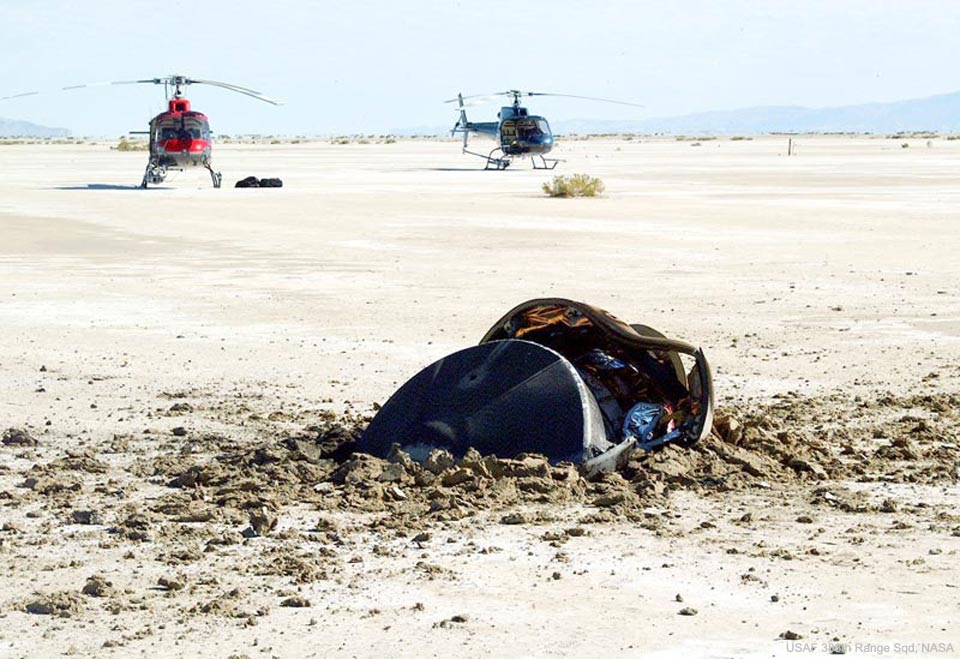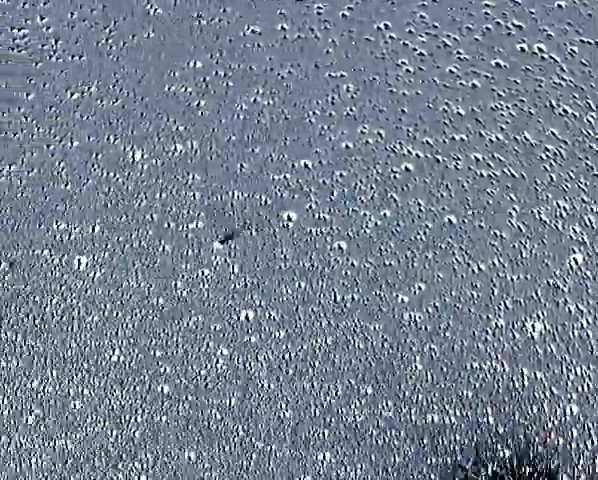彗星莱蒙的飘逸尾巴
A starfield is shown above a mountain peak. Just above the mountain and extending up toward the upper right is a blue-tinted tail of a comet. The comet’s head is just to the left of the peak. Please see the explanation for more detailed information.
画面中,一座山峰上方呈现一片星空。山峰上方,向右上方延伸的是一条泛着蓝色的彗尾。彗核位于山峰左侧。有关更多详细信息,请参阅说明。







